If you're feeling overwhelmed with a cluttered living room, it may be time to declutter and create some empty space. Not only will this make your living room feel more spacious and organized, but it can also have a positive impact on your mental well-being. Here are some decluttering tips to help you create empty space in your living room. 1. Start with a Plan Before you begin decluttering, it's important to have a plan in place. Take a good look at your living room and make a list of areas or items that need to be decluttered. This will help you stay focused and make the process more manageable. 2. Get Rid of Unnecessary Items One of the main reasons for a cluttered living room is having too many unnecessary items. Take a critical look at your furniture, decor, and other items in your living room and ask yourself if you really need them. If the answer is no, consider selling, donating, or throwing them away. 3. Use Storage Solutions Once you've gotten rid of unnecessary items, it's important to have a designated place for everything in your living room. Utilize storage solutions such as shelves, baskets, and cabinets to keep things organized and out of sight. 4. Create a Functional Seating Arrangement When arranging your furniture, consider functionality and flow. Make sure there is enough space for people to move around comfortably without feeling cramped. Also, avoid blocking windows or doorways with furniture. 5. Utilize Vertical Space If you have limited floor space, make use of your walls by hanging shelves or installing cabinets. This will not only create more storage space but also give the illusion of a taller and more open living room. 6. Incorporate Multi-Functional Furniture Consider investing in furniture that can serve multiple purposes, such as a coffee table with hidden storage or a sofa bed. This will not only save space but also add functionality to your living room. 7. Go for a Minimalist Design A minimalist design can help create a sense of empty space in your living room. Stick to a neutral color palette with a few pops of color, and avoid cluttering your walls with too many decorations. Remember, less is more. 8. Add Plants and Greenery Plants and greenery not only add a touch of nature to your living room but also help fill empty space. Choose plants that are easy to care for, such as succulents or air plants, and place them in strategic areas to add some life to your space. 9. Use Mirrors to Create the Illusion of Space Strategically placing mirrors in your living room can make it feel larger and more open. They reflect light and give the illusion of more space. Try placing a large mirror on one of the walls or creating a gallery wall with multiple mirrors. 10. DIY Storage Projects If you're feeling creative, there are plenty of DIY storage projects that can add functional and stylish storage to your living room. From repurposing old crates to creating your own shelves, the possibilities are endless.Decluttering Tips for Creating Empty Space in Your Living Room
Now that you've decluttered and created empty space in your living room, it's time to make the most of it with some furniture arrangement ideas. Here are some tips to help you maximize the empty space in your living room. 1. Create a Focal Point Choose a focal point in your living room, such as a fireplace, TV, or statement piece of furniture, and arrange your other furniture around it. This will help create a sense of balance and make the space feel more put together. 2. Use a Floating Sofa Instead of pushing your sofa against a wall, try floating it in the middle of the room. This can help create a more open and airy feel, and also allow for more seating options. 3. Invest in Multi-Purpose Furniture As mentioned earlier, investing in multi-purpose furniture can save space and add functionality to your living room. Consider a coffee table with hidden storage, an ottoman with built-in storage, or a sofa bed. 4. Keep Walkways Clear Make sure there is enough space for people to move around comfortably without feeling cramped. Keep walkways clear and avoid blocking doorways or windows with furniture. 5. Use Rugs to Define Spaces Rugs can be used to define different areas in your living room, such as a seating area or a reading nook. This can help create a sense of organization and make the empty space feel intentional. 6. Consider a Sectional Sofa If you have a larger living room, consider a sectional sofa. This can help fill the space and provide plenty of seating options without overcrowding the room. 7. Play with Different Heights To add visual interest to your living room, play with different heights. Mix and match furniture of different heights, add shelves or wall decor at different levels, and use floor lamps to add some height to the room. 8. Don't Be Afraid to Re-Arrange If something doesn't feel right, don't be afraid to re-arrange your furniture. Keep experimenting until you find a layout that maximizes the empty space and works for your living room. 9. Use Room Dividers If you're looking to create some separation in your living room, consider using room dividers. This can help define different areas and make the space feel more organized. 10. Keep It Simple Lastly, remember to keep it simple. Avoid cluttering the room with too much furniture or decor. Let the empty space speak for itself and create a sense of calm and openness in your living room.Maximizing Empty Space in Your Living Room: Furniture Arrangement Ideas
Just because you have empty space in your living room doesn't mean it has to feel cold and impersonal. By incorporating some cozy and functional elements, you can create a warm and inviting space that still maintains that sense of openness. Here are some ideas to get you started. 1. Add Texture Incorporating different textures in your living room can add depth and make the space feel more cozy. Consider adding a soft rug, textured throw pillows, or a chunky knit blanket to your seating area. 2. Create a Reading Nook If you have some empty space near a window, why not create a cozy reading nook? Add a comfortable armchair or chaise lounge, a side table for your books and a reading lamp, and some cushions and throws to make it extra cozy. 3. Use Soft Lighting Harsh overhead lighting can make a room feel cold and uninviting. Instead, opt for soft lighting options such as floor lamps, table lamps, and string lights to create a warm and cozy atmosphere in your living room. 4. Incorporate Natural Elements Bringing in natural elements such as wood, stone, or plants can add warmth and texture to your living room. Consider adding a wooden coffee table, a stone accent wall, or some potted plants to make the space feel more cozy and inviting. 5. Add Layers Layering different elements in your living room can add depth and make it feel more cozy. Try layering rugs, throw blankets, and cushions to add visual interest and make your seating area feel extra inviting. 6. Include Personal Touches Don't forget to incorporate personal touches in your living room to make it feel more like home. This can be anything from family photos to artwork or sentimental items. These small touches can make the space feel more warm and inviting. 7. Make Use of Corners Empty corners can often be overlooked, but they can be great spots to add some cozy elements. Consider adding a cozy armchair, a floor lamp, a small side table, and some artwork to create a cozy and functional corner in your living room. 8. Choose Warm Colors The color scheme you choose for your living room can have a big impact on its overall feel. Opt for warm and inviting colors such as earth tones, warm neutrals, or muted shades to create a cozy and welcoming space. 9. Don't Forget About Comfort Last but not least, make sure your living room is comfortable. Invest in a comfortable sofa or armchairs, add soft cushions and throws, and make sure there is enough seating for everyone. After all, a cozy living room is all about being comfortable and relaxed. 10. Keep It Functional While creating a cozy living room, it's important not to sacrifice functionality. Make sure the empty space you've created is still functional and serves a purpose. This will not only make your living room more practical but also make it feel more inviting and lived-in.Creating a Cozy and Functional Living Room with Empty Space
When it comes to creating an open and airy feel in your living room, utilizing vertical space is key. By drawing the eye upward, you can make your living room feel more spacious and less cluttered. Here are some ideas to help you make the most of your vertical space. 1. Wall-Mounted Shelves Wall-mounted shelves are a great way to add storage and display space without taking up valuable floor space. Use them to showcase your favorite books, decor, or plants, and keep your surfaces clutter-free. 2. Floor-to-Ceiling Curtains Hanging curtains from the ceiling to the floor can create the illusion of taller ceilings and make your living room feel more open and airy. Choose light and sheer curtains to maintain a sense of openness. 3. Utilize High Ceilings If you have high ceilings, make use of them by adding tall shelves or cabinets. This will not only provide more storage space but also draw the eye upward and make the room feel more spacious. 4. Display Artwork Vertically Instead of hanging artwork horizontally, try hanging it vertically. This can help add height to your living room and make it feel more open. Opt for larger pieces to make a statement, or create a gallery wall with multiple vertical pieces. 5. Hanging Plants Hanging plants not only add a touch of greenery to your living room but also utilize vertical space. Hang them from the ceiling or on a tall plant stand to add some height and make your living room feel more open. 6. Build Upwards If you have a lot of items that need to be stored, consider building upwards. Install floor-to-ceiling shelves or cabinets to make use of the vertical space and keep your living room clutter-free. 7. Use Decorative Ladders Decorative ladders are not only functional for hanging blankets and towels, but they can also add visual interest and vertical storage space to your living room. Lean a ladder against a wall and use it to display plants, books, or other decor items. 8. Hang a Statement Light Fixture A statement light fixture can draw the eye upward and add a focal point to your living room. Choose a chandelier, pendant light, or a large floor lamp to add some height and create an open and airy feel. 9. Create a Vertical Gallery Wall A vertical gallery wall can add visual interest and make use of empty wall space. Mix and match different sized frames and artwork to create a unique and eye-catching display. 10. Keep It Simple Lastly, remember to keep it simple. Avoid cluttering your walls with too much decor or shelves. Let the vertical space speak for itself and add to the open and airy feel of your living room.Utilizing Vertical Space in Your Living Room for an Open and Airy Feel
Empty space doesn't have to be a negative thing in your living room. In fact, it can be an opportunity to get creative and add some unique and stylish elements to your space. Here are some decorating ideas for your empty space. 1. Create a Gallery Wall If you have a large empty wall in your living room, consider creating a gallery wall. Mix and match different sized frames, artwork, and decor to create a unique and personalized display. 2. Add a Statement PieceEmpty Space Decorating Ideas for Your Living Room
The Benefits of Leaving Empty Space in Your Living Room
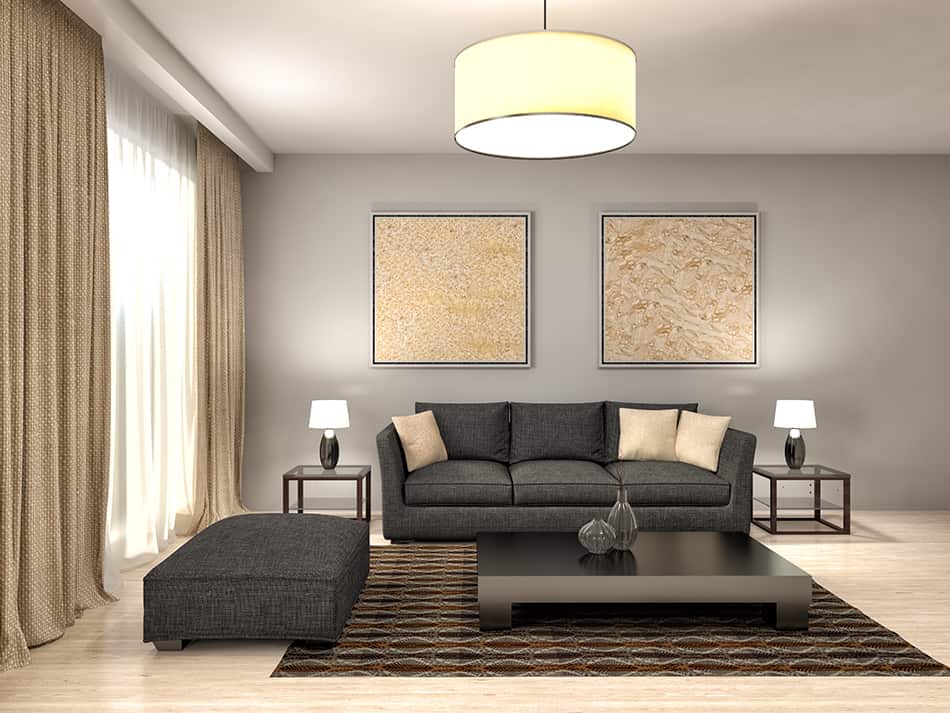
Creating a Sense of Calm
 Empty space
in a living room can serve as a powerful tool for creating a sense of calm and relaxation in your home. In today's fast-paced world, it's important to have a space where you can unwind and recharge. By leaving some
empty space
in your living room, you can avoid clutter and chaos, and instead, create a peaceful and serene atmosphere. This is especially important if your living room is a multi-functional space, where you may have to work or study at times. Having a designated area with
empty space
can help you mentally switch gears and focus on the task at hand.
Empty space
in a living room can serve as a powerful tool for creating a sense of calm and relaxation in your home. In today's fast-paced world, it's important to have a space where you can unwind and recharge. By leaving some
empty space
in your living room, you can avoid clutter and chaos, and instead, create a peaceful and serene atmosphere. This is especially important if your living room is a multi-functional space, where you may have to work or study at times. Having a designated area with
empty space
can help you mentally switch gears and focus on the task at hand.
Highlighting Key Design Elements
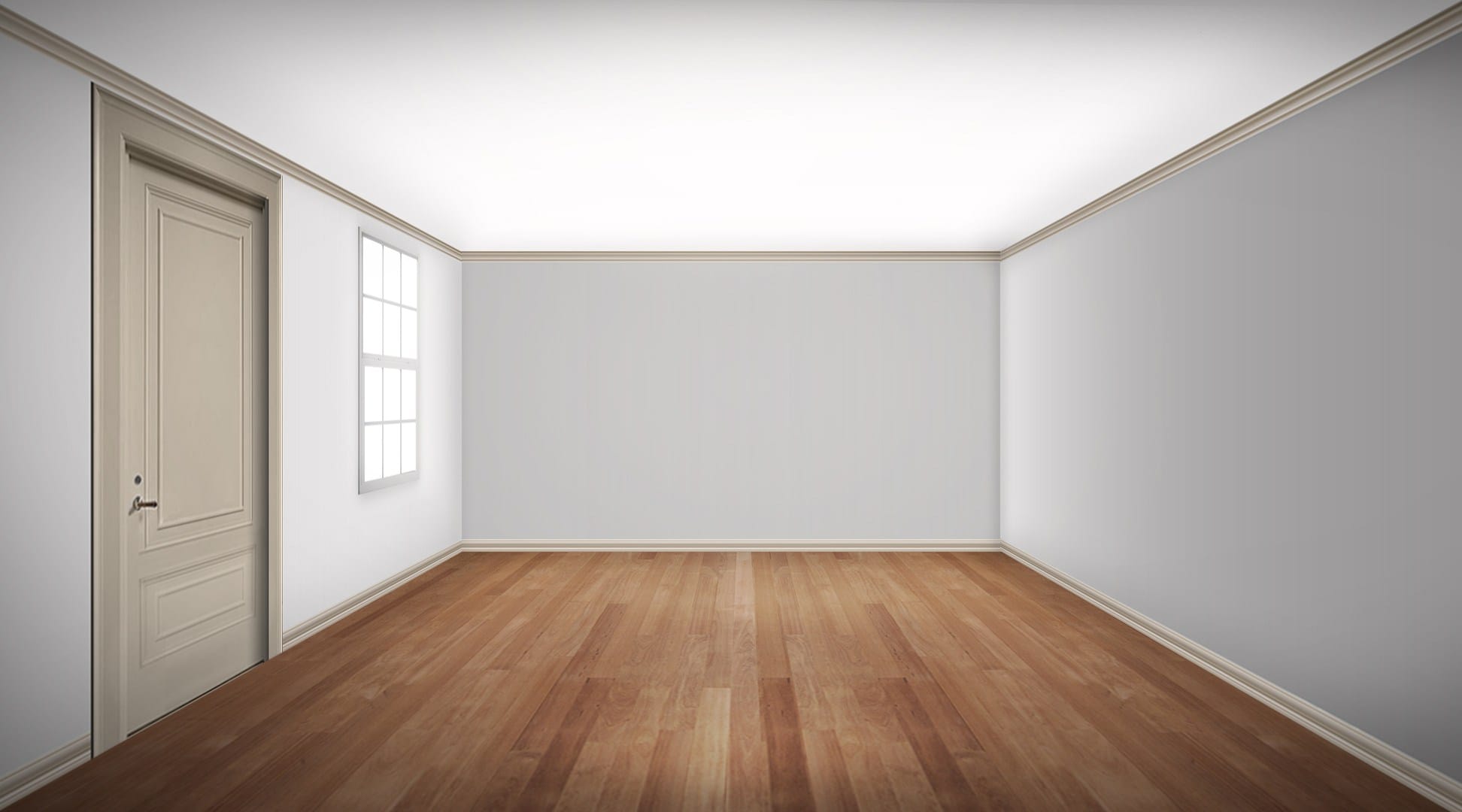 Another benefit of
empty space
in your living room is that it allows key design elements to stand out. When there is too much furniture and decor, it can be overwhelming and take away from the beauty of individual pieces. By leaving
empty space
, you can draw attention to statement pieces, such as a stunning piece of artwork or a unique piece of furniture. This not only adds visual interest to your living room but also allows you to showcase your personal style and taste.
Another benefit of
empty space
in your living room is that it allows key design elements to stand out. When there is too much furniture and decor, it can be overwhelming and take away from the beauty of individual pieces. By leaving
empty space
, you can draw attention to statement pieces, such as a stunning piece of artwork or a unique piece of furniture. This not only adds visual interest to your living room but also allows you to showcase your personal style and taste.
Easy Maintenance and Organization
 Let's face it, cleaning and organizing can be a daunting task, especially when there is clutter everywhere. By incorporating
empty space
into your living room, you can make cleaning and organization a breeze. With less furniture and decor, there are fewer surfaces to dust and fewer items to move around when tidying up. This not only saves you time and energy but also helps in maintaining a clutter-free and organized living room.
Let's face it, cleaning and organizing can be a daunting task, especially when there is clutter everywhere. By incorporating
empty space
into your living room, you can make cleaning and organization a breeze. With less furniture and decor, there are fewer surfaces to dust and fewer items to move around when tidying up. This not only saves you time and energy but also helps in maintaining a clutter-free and organized living room.
Creating a Versatile Space
 Leaving
empty space
in your living room also allows for versatility. It gives you the option to rearrange furniture or add new pieces without feeling too crowded. This is especially helpful if you like to change up your home decor frequently or if you have a small living room that needs to serve multiple purposes. By having
empty space
, you have the flexibility to adapt your living room to your changing needs and preferences.
In conclusion, while it may be tempting to fill every corner of your living room with furniture and decor, leaving some
empty space
can have several benefits. It can create a sense of calm, highlight key design elements, make maintenance and organization easier, and allow for versatility in your living room. So don't be afraid to embrace
empty space
in your living room and see how it can transform your home.
Leaving
empty space
in your living room also allows for versatility. It gives you the option to rearrange furniture or add new pieces without feeling too crowded. This is especially helpful if you like to change up your home decor frequently or if you have a small living room that needs to serve multiple purposes. By having
empty space
, you have the flexibility to adapt your living room to your changing needs and preferences.
In conclusion, while it may be tempting to fill every corner of your living room with furniture and decor, leaving some
empty space
can have several benefits. It can create a sense of calm, highlight key design elements, make maintenance and organization easier, and allow for versatility in your living room. So don't be afraid to embrace
empty space
in your living room and see how it can transform your home.







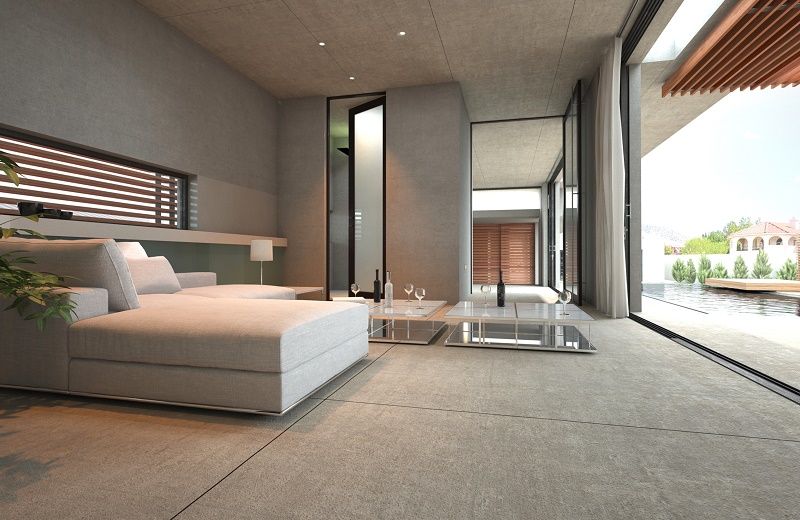

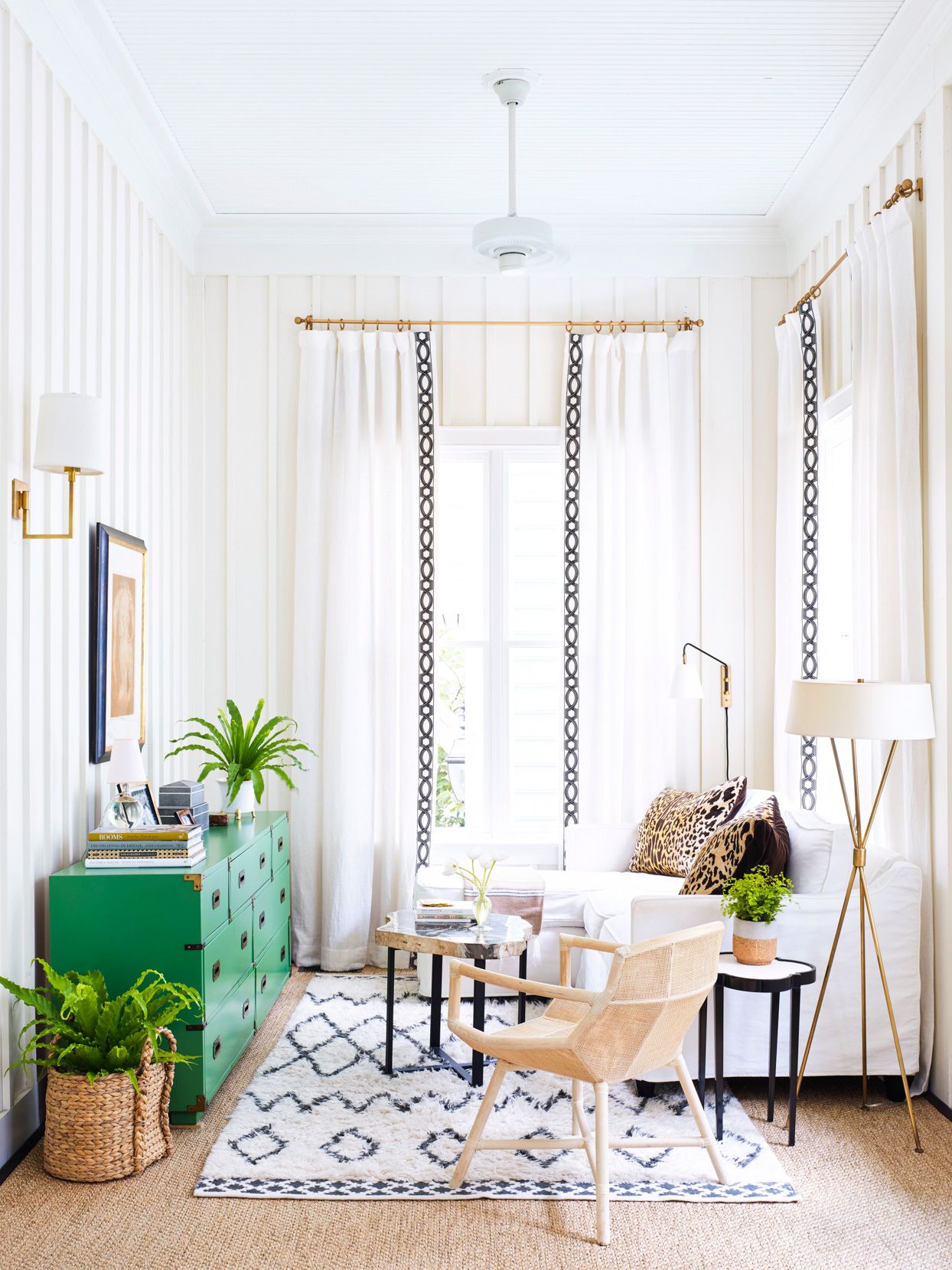



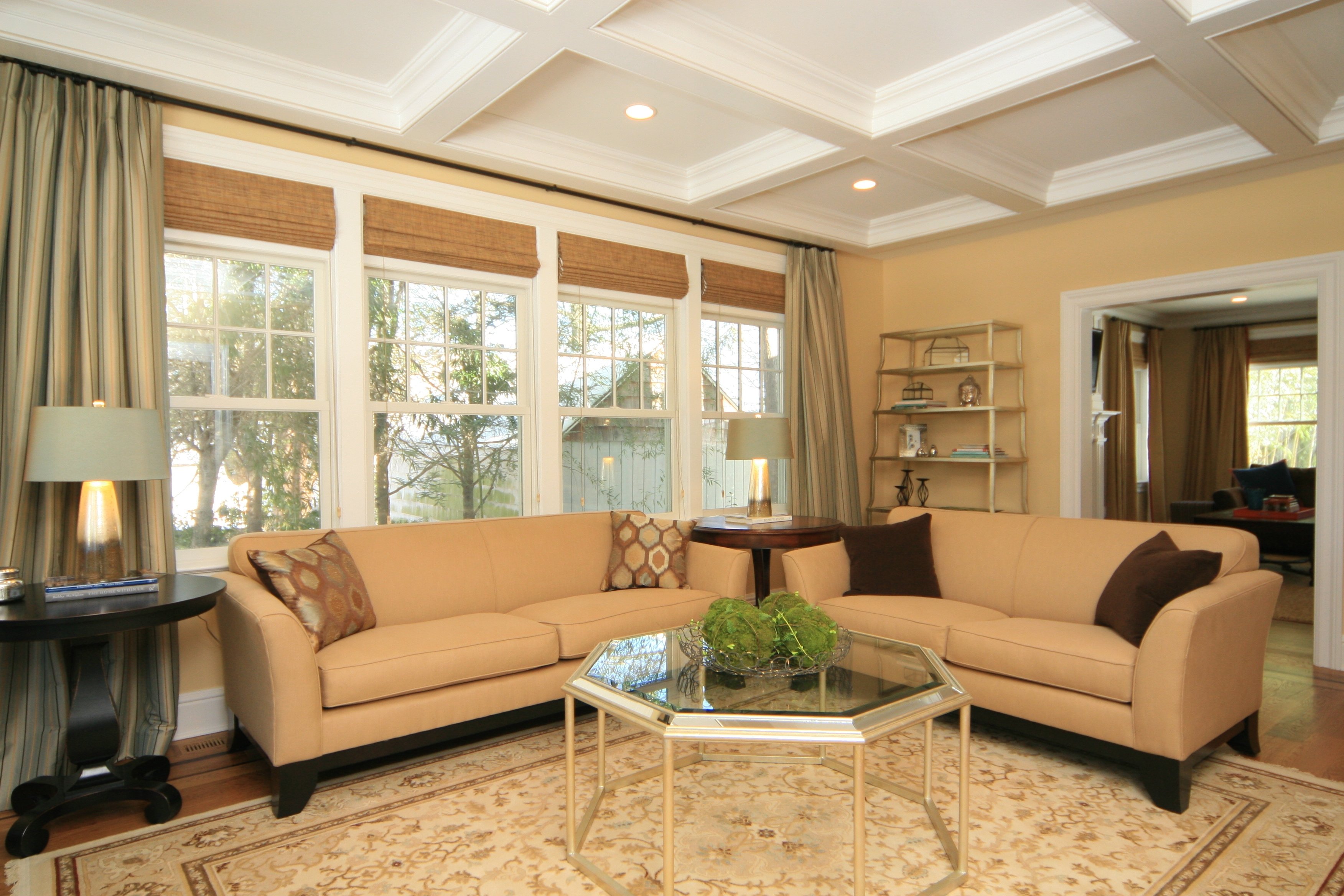





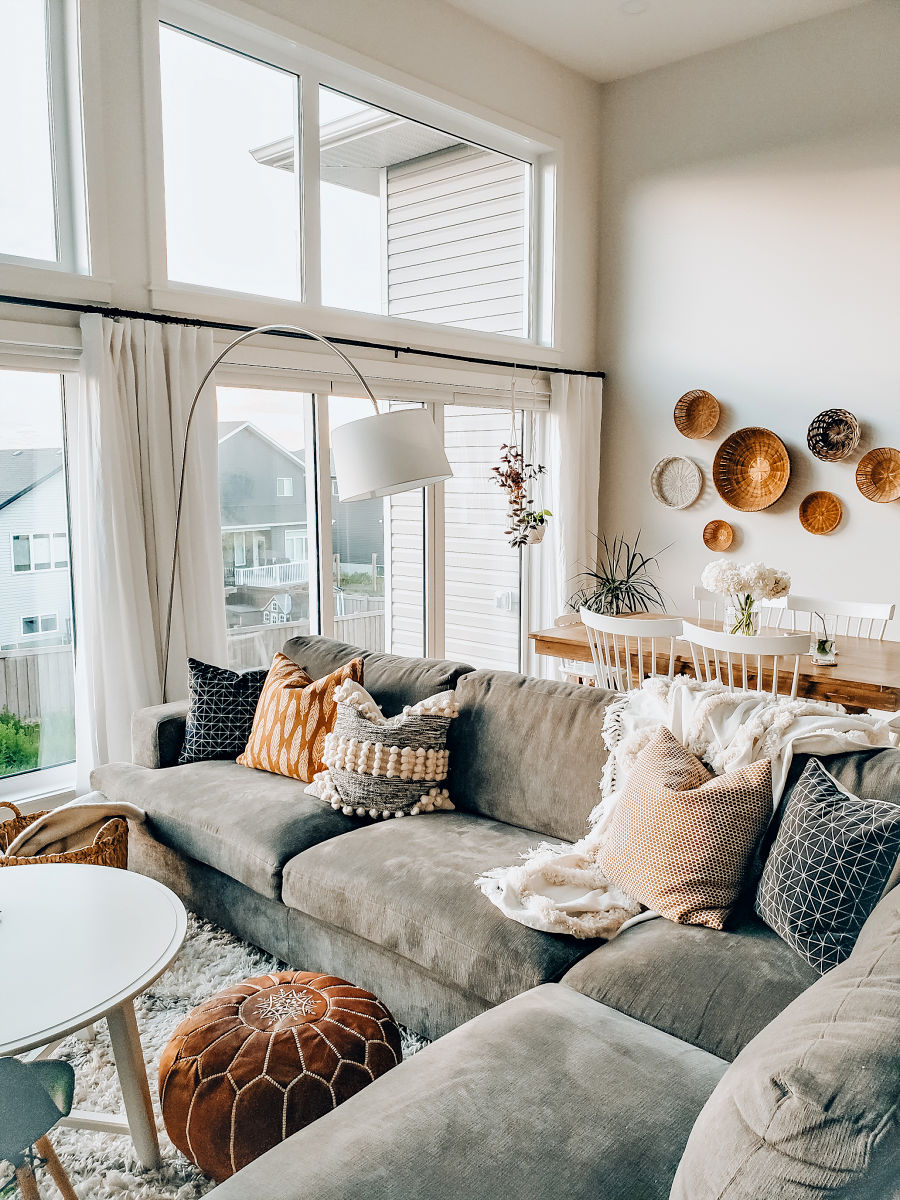


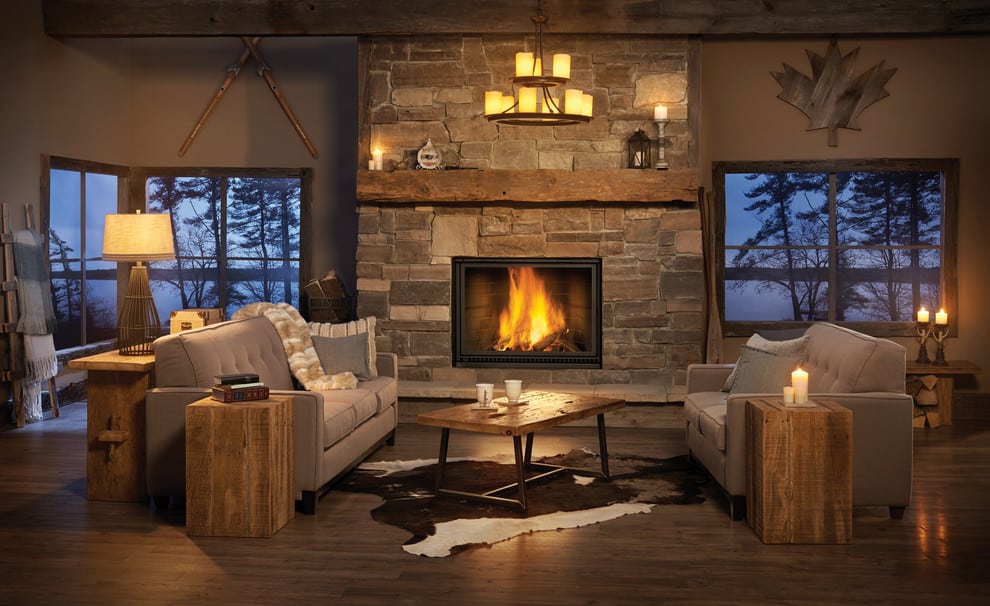
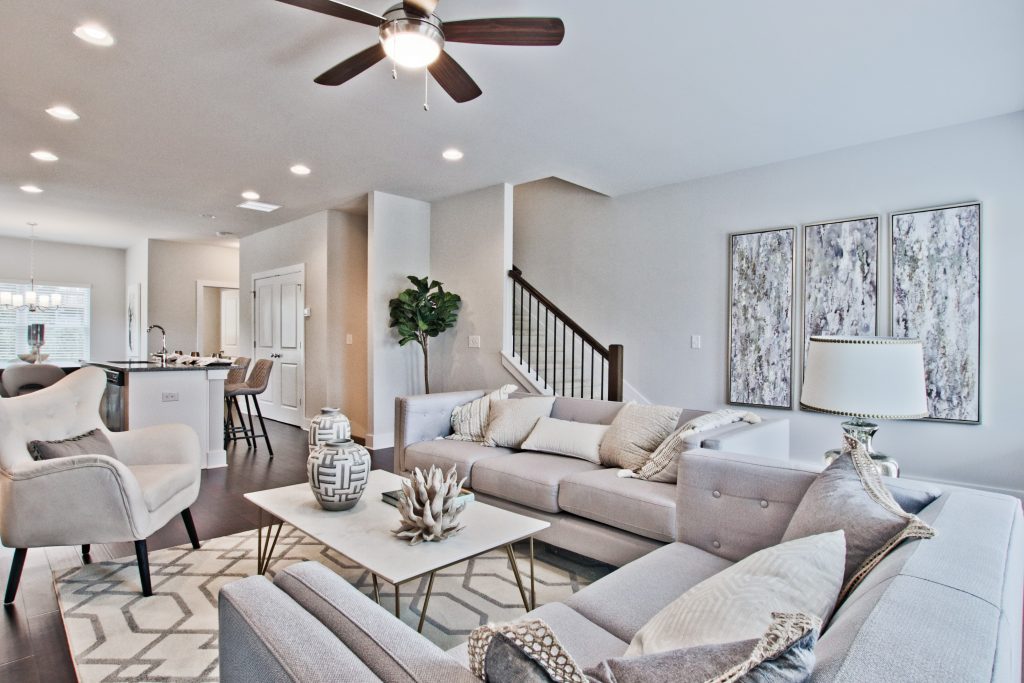
/Cozy-living-room-with-vaulted-ceiling-589fb14d3df78c4758a5523e.png)


:max_bytes(150000):strip_icc()/orestudios_lonemadrone_05-0294eeaf854c4d8ebf34d13990996973.jpg)
/open-concept-living-area-with-exposed-beams-9600401a-2e9324df72e842b19febe7bba64a6567.jpg)








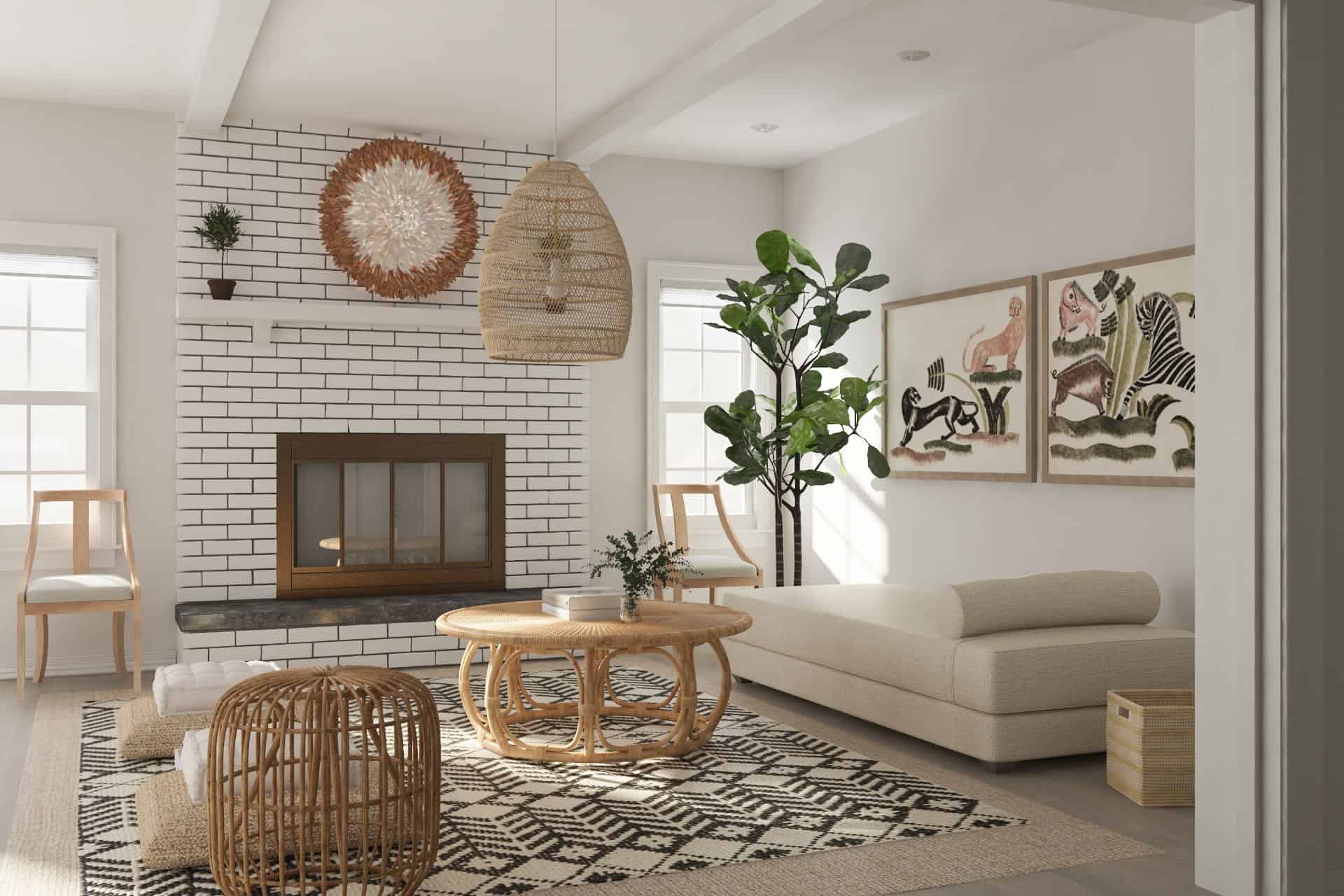




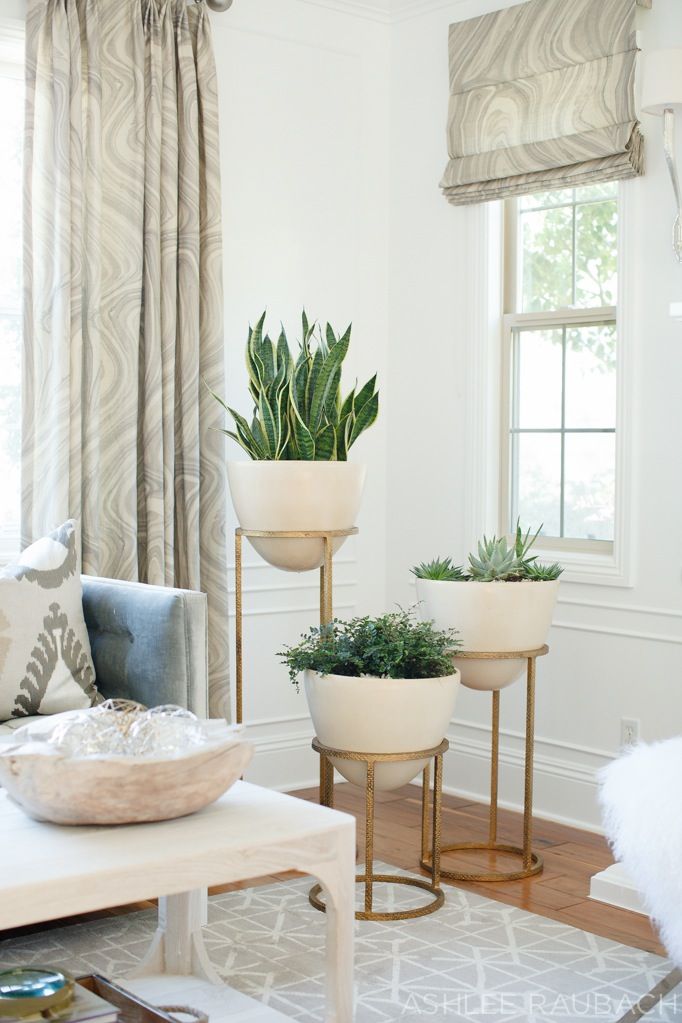
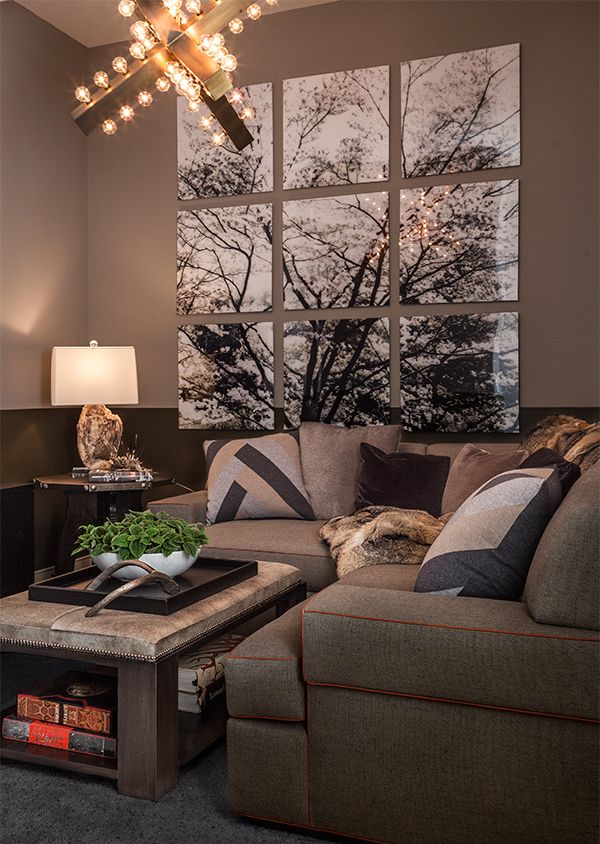



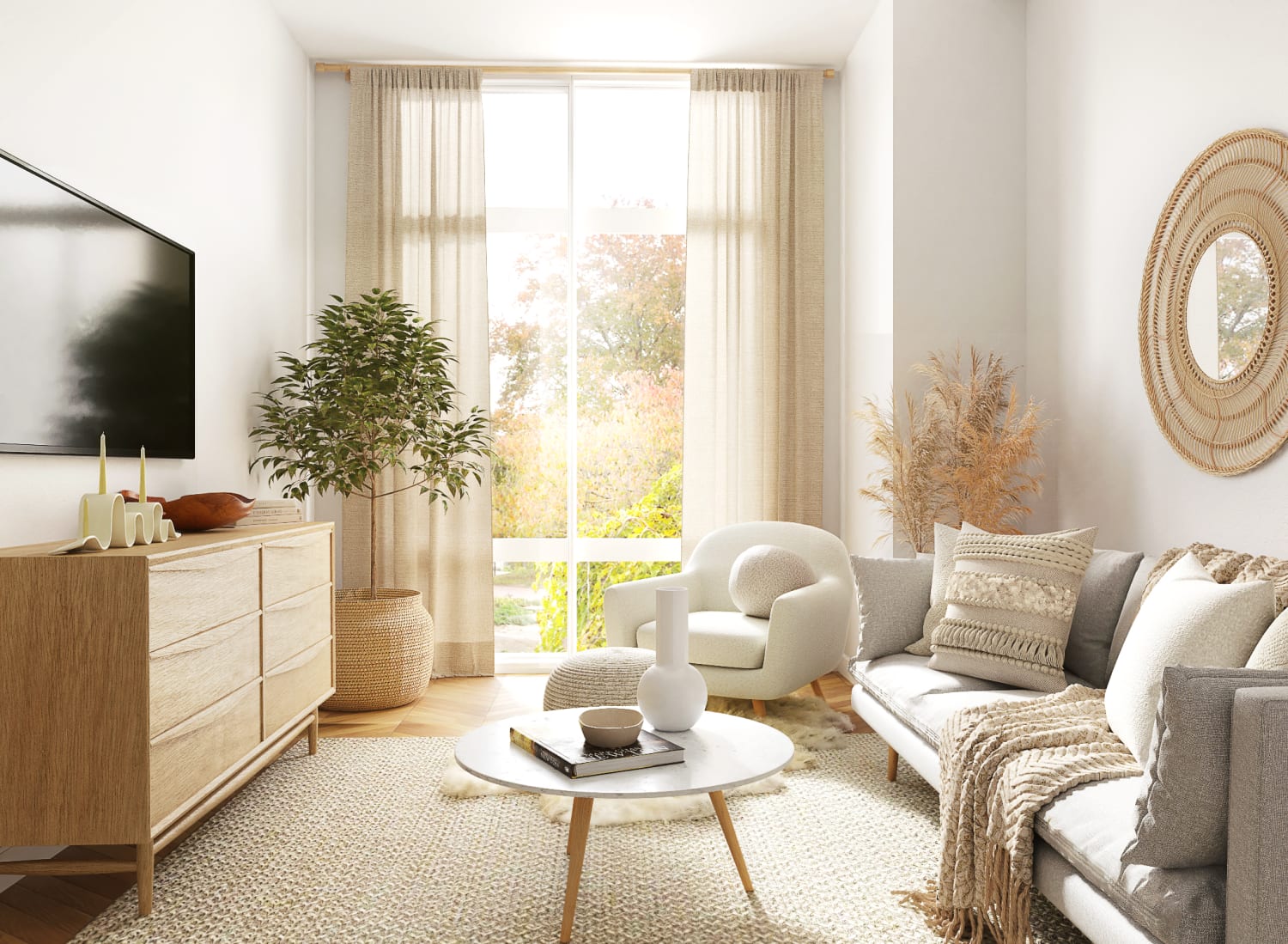

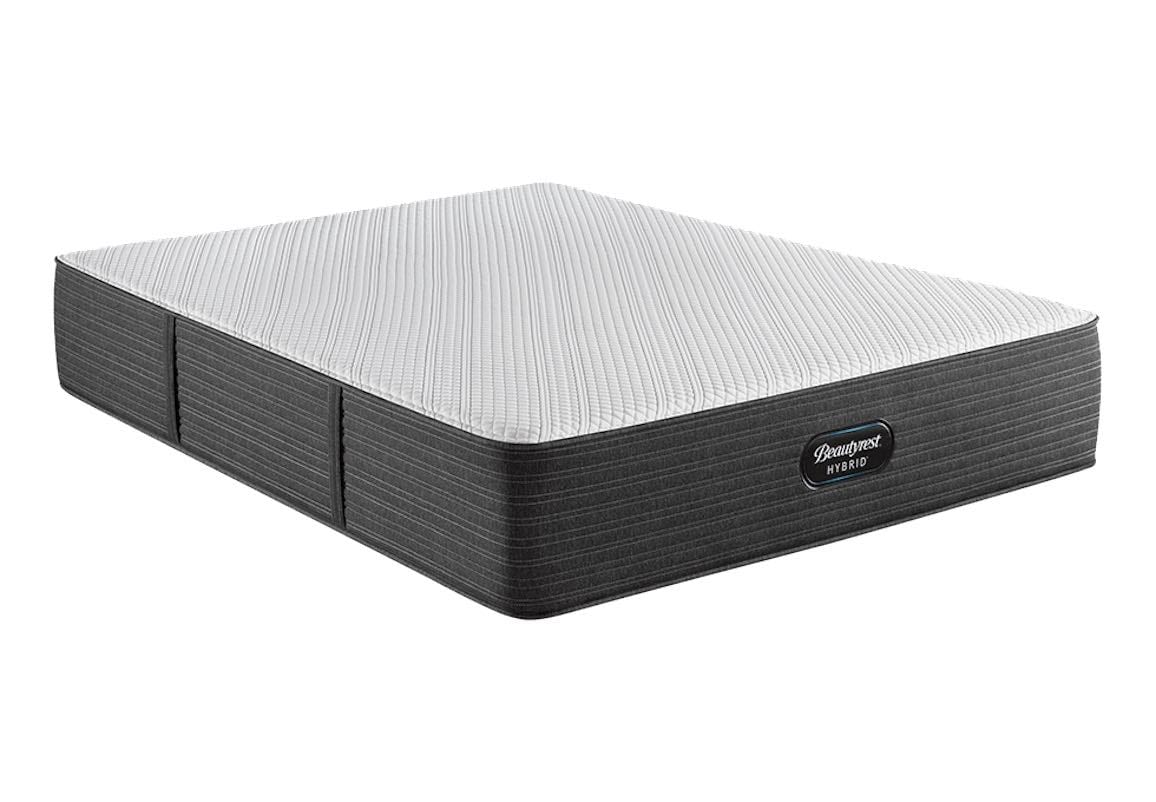


:max_bytes(150000):strip_icc()/ScreenShot2021-03-31at10.01.23AM-cac45bb0e5874da7a554dedb4c25fdf7.png)

